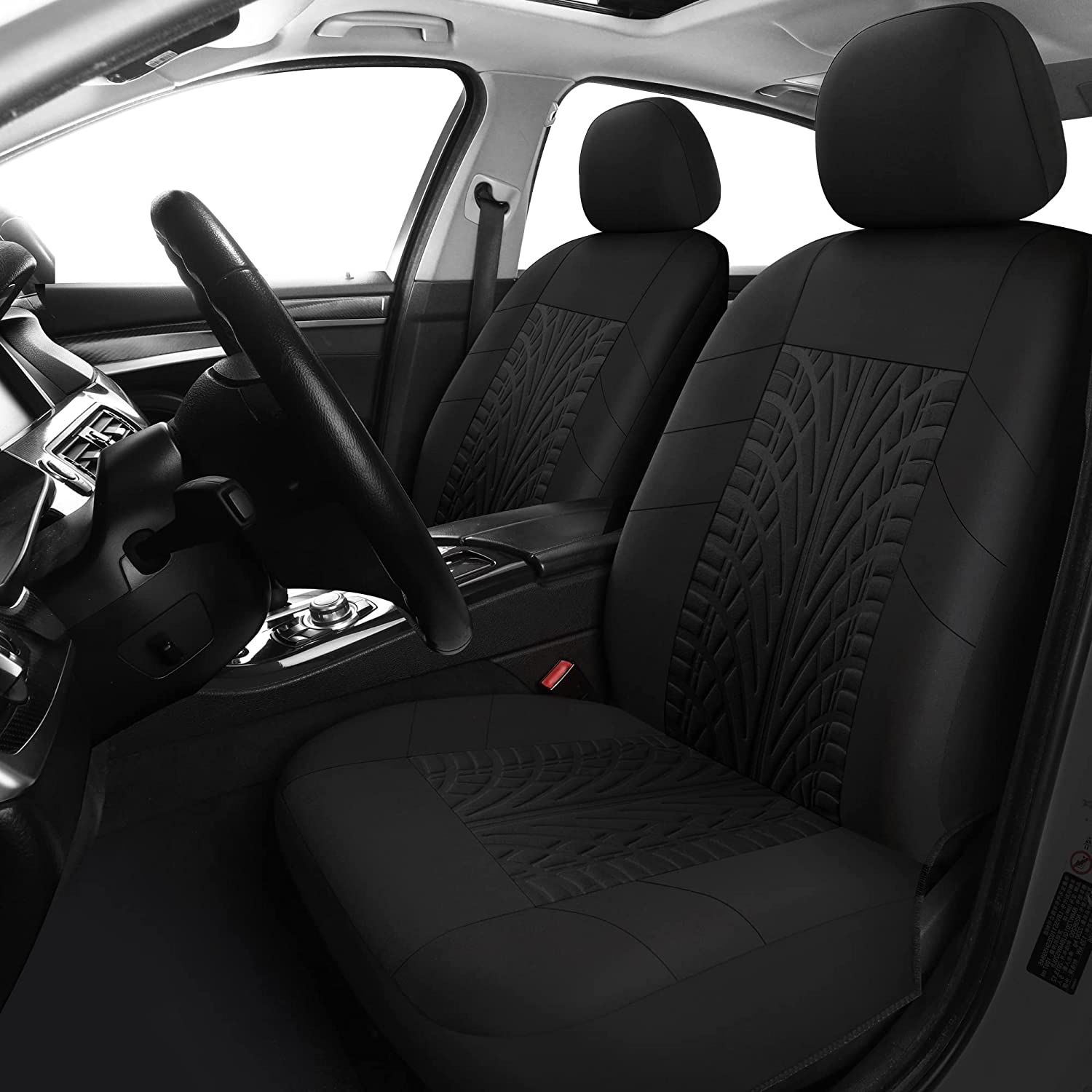Car Sun Shade: Which Side Should Face Out? A Definitive Guide
Introduction
As the sun's intense rays transform your parked car into a heat trap, the quest for effective solutions to beat the heat becomes paramount.
Car sun shades emerge as a poplar choice, designed to shield your vehicle's interior from the scorching sun. However, a common dilemma arises among car owners: which side of the car sun shade should face out?
In this comprehensive guide, we delve into the intricacies of proper sun shade placement, exploring the science behind it and providing practical insights.
By the end, you'll have a clear understanding of how to maximize the benefits of your car sun shade and ensure a cooler, more comfortable driving experience.
In this blog we will cover:
- Understanding Car Sun Shades: Purpose and Types
- The Science Behind Sun Shade Placement
- Which Side Should Face Out?
- Why Reflective Side Out?
- Best car sunshade
Understanding Car Sun Shades: Purpose and Types
Before delving into the side that should face out, it's essential to comprehend the purpose and types of car sun shades. Car sun shades are designed to reduce the amount of sunlight that enters your vehicle, thereby mitigating heat buildup and protecting your car's interior components from sun damage. They come in various forms, including foldable screens, roller shades, and retractable visors.
The Science Behind Sun Shade Placement
The effectiveness of a car sun shade depends on its ability to block and reflect sunlight. This is where the orientation of the sun shade becomes crucial. The reflective surface of the sun shade is designed to bounce sunlight away from your vehicle, preventing it from being absorbed by the interior surfaces. By doing so, the temperature inside the car remains lower, creating a more comfortable environment.
Car sun shade which side faces out?
To harness the full potential of your car sun shade, it's important to position it correctly. The general rule of thumb is to place the reflective or metallic side facing outward, while the darker or non-reflective side faces inward, towards the interior of the car. This orientation allows the reflective surface to repel sunlight before it reaches the car's interior, while the non-reflective side absorbs any residual heat.
Practical Steps for Proper Placement
Properly placing your car sun shade is a straightforward process that requires attention to detail. Follow these practical steps to ensure you're maximizing its effectiveness:
-
Open the Sun Shade: Unfold the sun shade and hold it with the reflective side facing you.
-
Position the Shade: Approach your car's windshield and align the top edge of the sun shade with the top edge of the windshield.
-
Insert the Shade: Gently press the sun shade against the windshield, ensuring that the reflective side is facing outward. The shade should fit snugly within the windshield's dimensions.
-
Secure the Shade: If your sun shade features securing mechanisms such as suction cups or clips, attach them to the windshield to prevent the shade from moving.
-
Adjust for Coverage: Ensure that the sun shade covers the entire windshield, from side to side. This comprehensive coverage maximizes its effectiveness in blocking out sunlight.
Why Reflective Side Out?
The reflective side of a car sun shade is specifically designed to bounce sunlight away from your car. This side is often made of materials with high Solar Reflectance Index (SRI) values, which means they have excellent reflective properties. When placed facing outward, the reflective surface acts as a barrier, preventing a significant portion of sunlight from penetrating the windshield and heating up the interior.
Benefits of Correct Sun Shade Placement
Placing your car sun shade with the reflective side facing out offers several tangible benefits:
-
Effective Heat Reduction: Reflecting sunlight away from your car significantly reduces the amount of heat absorbed by the interior surfaces. This leads to a cooler cabin temperature, making your car more comfortable to enter on hot days.
-
Preservation of Interior: By preventing excess heat and UV rays from reaching your car's interior, you safeguard upholstery, dashboard materials, and other components from fading, cracking, and deterioration.
-
Energy Efficiency: A cooler interior means you'll be less reliant on air conditioning, improving your vehicle's fuel efficiency and reducing your carbon footprint.
-
Extended Lifespan: Electronics, such as your car's stereo system and navigation equipment, are less likely to overheat and malfunction when shielded from direct sunlight, potentially extending their lifespan.
-
Quick Cooling: Placing the reflective side outward expedites the cooling process, as the shade starts reflecting sunlight before it has a chance to enter the car.
Conclusion
Choosing the correct side for your car sun shade can make a world of difference in your driving experience, especially during hot and sunny days. By placing the reflective side facing outward, you're harnessing the sun shade's reflective properties to their fullest extent.
This simple yet effective orientation prevents excess heat from infiltrating your car's interior, ultimately creating a more comfortable and cooler environment.
So, the next time you reach for your car sun shade, remember to position it with the reflective side facing out, and enjoy the benefits of a smarter, more effective approach to sun protection for your vehicle.




